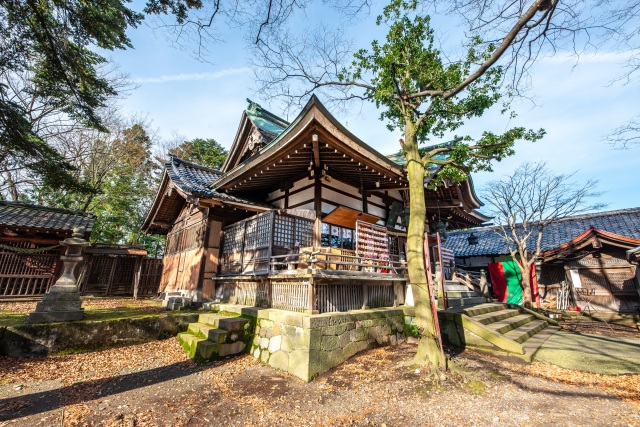Exploring the Five Sacred Shrines of Kanazawa
This cultural route takes you to the Five Great Shrines of Kanazawa — a group of historic Shinto shrines deeply revered by the Maeda clan, the ruling family of the Kaga Domain during the Edo period (1603–1868). Each shrine has a unique story and spiritual significance:
●Yasue Hachimangu Shrine – Traditionally visited for protection against fire and to pray for recovery from illness.
●Kosaka Shrine – Known for its rare architectural style called Yongensha Nagare-zukuri, uncommon among Shinto shrines.
●Utasu Jinja Shrine – Enshrines the spirit of MAEDA Toshiie, the founding lord of the Kaga Domain.
●Tsubakihara Tenmangu Shrine – Dedicated to Sugawara no Michizane, the deity of learning, and once served as a place of prayer for the Maeda family.
●Shinmeigu Shrine – Famous for its over 300-year-old ritual called the Aburimochi Shinji, a traditional ceremony involving grilled rice cakes for good fortune.
Explore the spiritual heart of Kanazawa through these historic shrines, each offering a glimpse into the city’s deep cultural and religious roots.
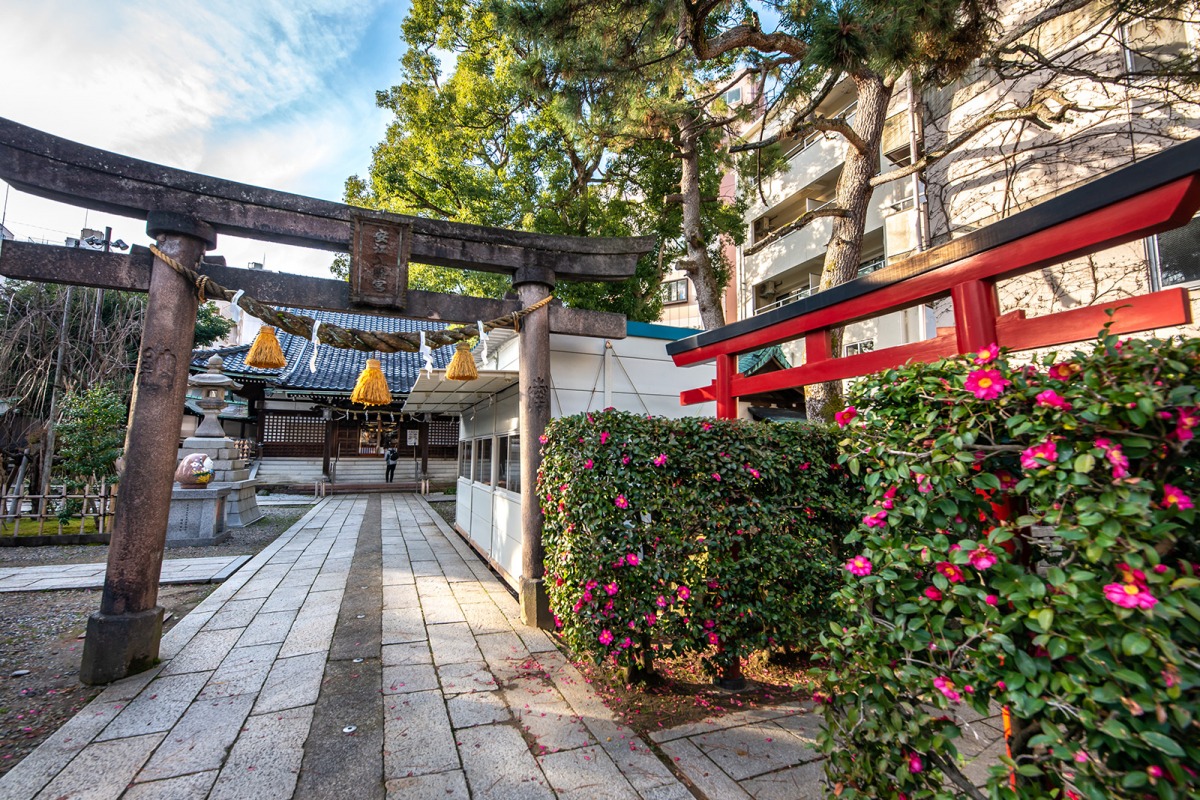
Yasue Hachimangu Shrine
Sacred Ground of Kanazawa’s Swordsmiths and Folk Traditions
During the Edo period, Yasue Hachimangu Shrine was revered by the Maeda family—the lords of the Kaga Domain. It was a place where people prayed for protection against fire and for recovery from illness. The Maeda clan also contributed to the upkeep of the shrine, including repairs to the buildings and the donation of ceremonial implements.
The shrine is located in Konohana-machi, formerly known as Yasue-Kajimachi, an area once home to many swordsmiths. Notable craftsmen such as Taihei and Kanewaka lived and worked here. These swordsmiths would perform sacred rites at the shrine before making swords, particularly rituals related to the careful control of water and fire during forging. Because of this tradition, the shrine is affectionately known as “Kaji Hachiman-san” (kaji meaning "smithing" in Japanese).
Yasue Hachimangu is also believed to be the birthplace of Kaga Hachiman Okiagari, a traditional Kanazawa folk toy symbolizing resilience and good fortune.
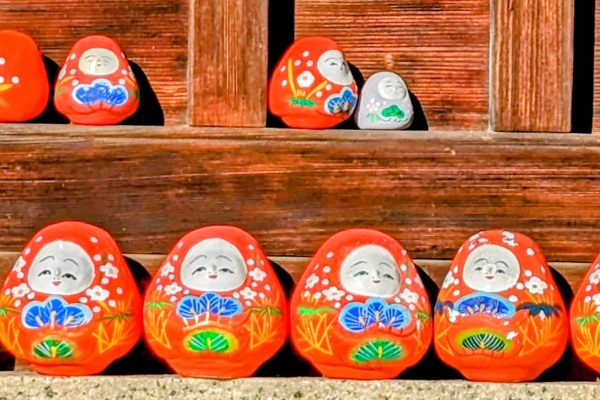
Get off at Yamanoue bus stop. From there, it’s a 5-minute walk to the shrine.
Kosaka Shrine
Kosaka Shrine is a historic Shinto shrine located in Yamanoue-machi, in the northern outskirts of Kanazawa’s former castle town. It is widely recognized as one of the Five Great Shrines of Kanazawa.
While most traditional shrine buildings in Japan use an odd-numbered bay structure, Kosaka Shrine is notable for its rare architectural style known as "Yongensha Nagare-zukuri"—a four-bay flowing-roof design. The current main hall dates back to the late 17th century and is considered a valuable architectural remnant of that period. Its detailed design features provide important references for dating and studying historical shrine construction in the Kanazawa area.
Within the shrine grounds is also Fujisha, a smaller shrine historically known as a sacred site where prayers were offered for healing from illness. Even today, it remains a place of deep reverence for those seeking blessings for health and recovery.
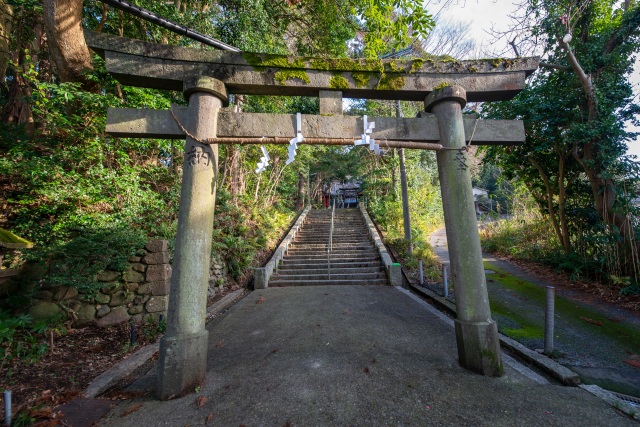
Utasu jinja Shrine
A Shrine Born of Loyalty: Honoring the Founders of Kaga
The origin of this shrine is said to be that an old mirror dug up from the riverside of the Asanogawa River had a pattern of a rabbit and a dragon, and the shrine was dedicated to the god Utatsu (means rabbit and dragon). After the death of Lord MAEDA Toshiie, the founder of the Kaga Domain, Utasu Hachimangu Shrine was built and became a clan shrine enshrining the spirit of the Maeda family. In the back of the precincts, there is a "Sasayu* water well of Lord Toshitsune (the third of Kaga Domain)" which is said to have cured Tsunanori (the fifth of Kaga Domain)'s illness.
*Sasayu...Sake-infused hot water used in Edo period (1603-1868) to bathe children after they were cured of pemphigus.
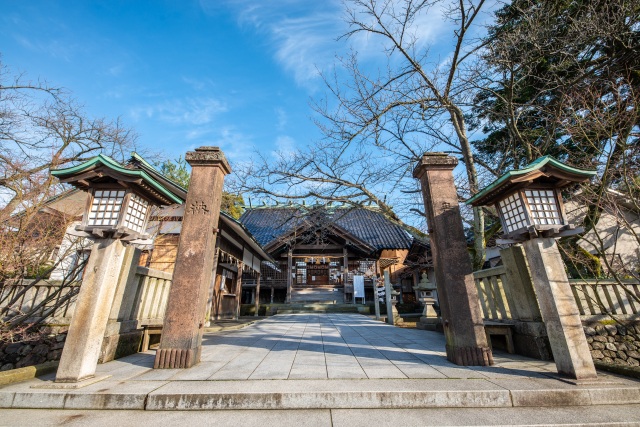
Get off at Kanazawa University Hospitalbus stop
Then walk for approximately 11 minutes
Tsubakihara Tenmangu Shrine
A Sacred Sanctuary Honoring the God of Learning
Tsubakihara Tenmangu enshrines Sugawara no Michizane, the deity of learning and scholarship. It was originally established in 1297 (Enin 5) when the enshrinement was transferred from Kitano Tenmangu Shrine in Kyoto.
Later, it became a prayer site for the Maeda family, rulers of the Kaga Domain, and was known as Tai Tenmangu, the main shrine of the Kōura region. During the Kanei era (1624–1644), it was relocated to its present location, then known as Mount Tsubakihara (Tsubakihara-yama). In the Meiji period, the shrine was officially renamed Tsubakihara Jinja.
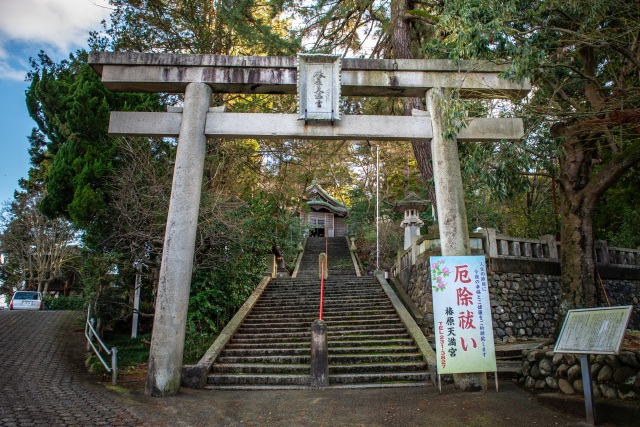
12-minute bus ride from Tai-machi or Sakura-machi on the local bus, Get off at Korinbo bus stop
Then walk for approx. 11 minutes
Shinmeigu Shrine
Shinmeigu is a historic shrine in Kanazawa, well known for its over 300-year-old ritual called the “Aburimochi Shinji.” In this traditional ceremony, rice cakes are skewered in a sacred fan shape and roasted over a holy fire. It is believed that eating this “aburi mochi” brings protection from misfortune, evil, and disasters.
The shrine also has deep cultural ties to renowned Japanese literary figures such as poet NAKAHARA Chūya and novelist MURO Saisei. Within the grounds stands a magnificent zelkova tree over 1,000 years old, symbolizing the shrine's enduring spiritual presence.
